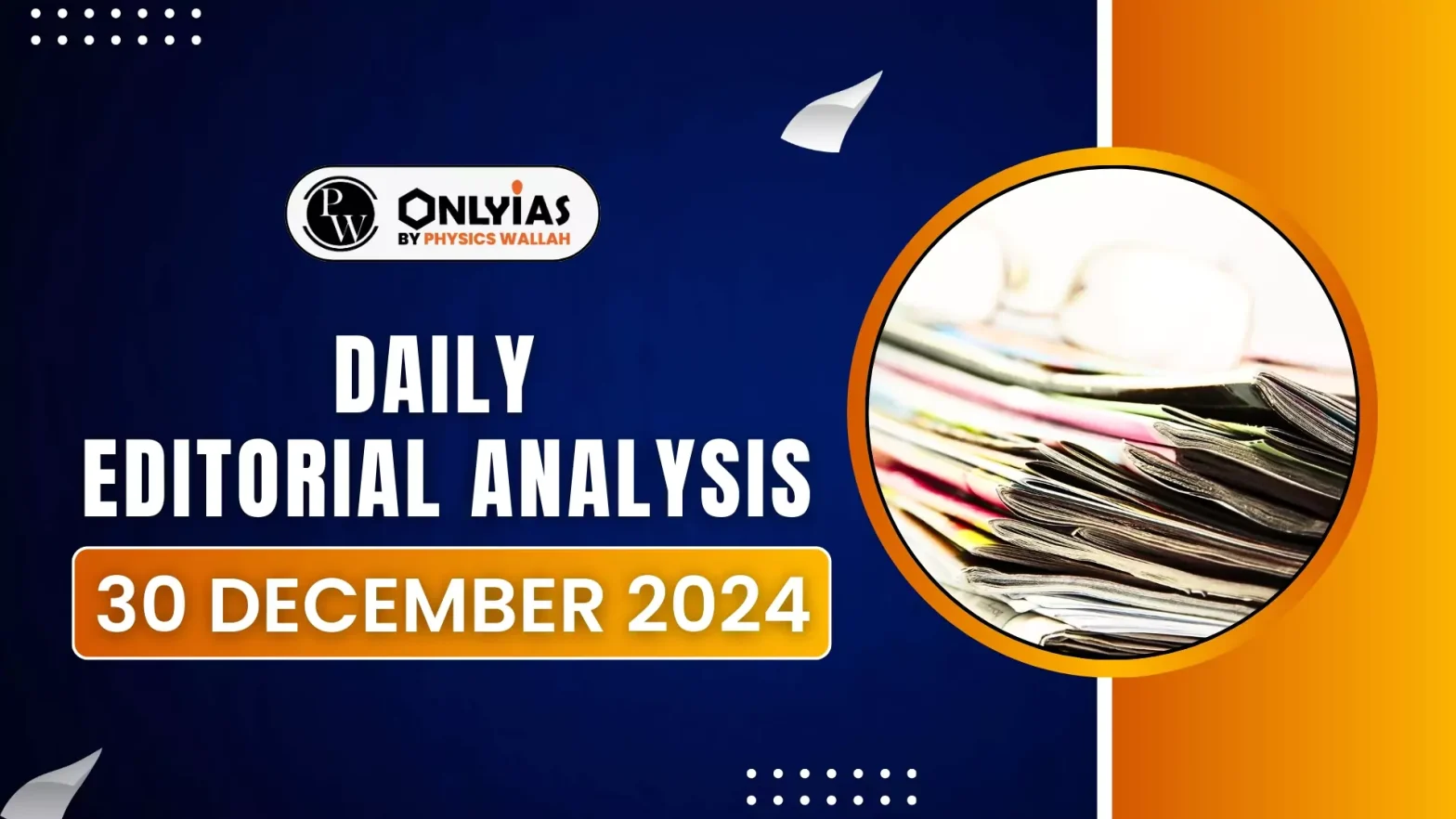The 5 December 2024 incident at Goa’s Mopa airport, where an Air India A320 aborted takeoff after mistakenly using a taxiway instead of the runway, highlights the urgent need for stricter oversight and improved safety protocols in Indian aviation.
Taxiway
- A taxiway is a path used by aircraft to move between the runway and other areas of the airport.
- Unlike a runway, which is specifically designed for takeoff and landing, taxiways are for ground movement.
- Runways are marked with white whereas taxiways are marked with yellow colour.
|
Enroll now for UPSC Online Course
Long History of Runway Confusion in India
- Key Incidents in Indian Aviation: Runway confusion is not a new problem for Indian carriers. Several similar incidents have occurred over the years:
- 1993: A Jet Airways Boeing 737 mistakenly landed at the Sulur air base instead of the Peelamedu civil airport in Coimbatore.
- 2002: A Jet Airways Boeing 737 landed on a taxi track at Goa’s Dabolim airport.
- 2007-2009: Multiple instances of SpiceJet and JetLite aircraft landing on wrong runways, including at Delhi and Kolkata.
- 2018: An Air India Airbus A320 landed on an under-construction runway in the Maldives.
- 2018: In August 2018 a Jet Airways Boeing 737 had to stop its takeoff on a taxiway in Riyadh, Saudi Arabia.
- 2020 and 2023: In 2023, a Jet Airways Boeing 737 had to abort takeoff at Riyadh Airport, and in 2020, a SpiceJet Boeing 737 made a hard touchdown short of the runway in Guwahati.
- 2024: In January 2014, an Air India Boeing 787 nearly landed at the wrong airport in Melbourne, Australia, before air traffic control redirected it to the correct one.
- Lack of Proactive Action: Despite these incidents, the Directorate General of Civil Aviation (DGCA) and the airlines have failed to implement corrective measures, allowing such events to persist.
International Lessons and Comparisons
- A comparison with the 2000 incident in Taiwan involving Singapore Airlines highlights the difference in responses to similar errors.
- In this case, the crew of a Singapore Airlines flight took off from the wrong runway, resulting in a crash.
- Following the incident, Singapore took comprehensive corrective actions, leading to a significant improvement in their aviation safety. India, in contrast, has failed to learn from such examples.
|
Systematic Issues
- Poor Training and Safety Standards: Airlines in India often fail to provide adequate training for pilots and ground staff, leading to recurring safety errors.
Check Out UPSC CSE Books From PW Store
| Simulator training for pilots involves using a flight simulator to practice and refine skills in a controlled, risk-free environment. |
- Non-Compliance With ICAO Standards: Indian aviation has consistently fallen short in meeting International Civil Aviation Organization (ICAO) standards, especially regarding runway infrastructure and operational procedures.
- Failed DGCA & AAI Safety Audits: The DGCA and Airports Authority of India (AAI) safety audits have frequently overlooked critical safety deficiencies, failing to address key risks in the aviation system. They are also not held accountable for such incidents.
- Impact of Flight Time Limitations: India’s regulations on flight and duty time limitations (FDTL) for flight crew are among the weakest in the world.
- Pilots and cabin attendants are often under pressure to operate beyond their legal limits, leading to fatigue and increasing the likelihood of errors.
- Pressure of On-Time Performance (OTP): Pilots may feel compelled to push through despite fatigue, compromising their ability to make sound decisions.
- The Kozhikode crash was influenced by such pressures, where the pilot was determined to land quickly because he was required to operate the next day’s flight.
Need for Systemic Changes
- Importance of Proactive Measures: India’s aviation authorities must shift from the outdated approach of blaming pilots to focusing on systemic improvements.
- Comprehensive reforms in training, safety audits, and adherence to ICAO standards are crucial for improving aviation safety in India.
- Legal and Regulatory Challenges: The recent deferment of flight and duty time regulations at the behest of airline managements raises serious concerns about safety.
- Additionally, a High Court decision asking the DGCA to negotiate with both sides to find a solution further complicates the issue.
- Safety is Non-Negotiable: Safety and fatigue cannot be negotiable, and judicial involvement in aviation safety issues reveals a lack of understanding of the complexities involved.
Enroll now for UPSC Online Classes
Conclusion
India has to move from the old adage,“If a pilot is alive, blame him. If he is dead, bury him”. Without real accountability and a commitment to meaningful reforms, Indian aviation will continue to face serious risks. It is time for the sector to learn from past mistakes and take decisive action to ensure that such incidents never happen again.
![]() 30 Dec 2024
30 Dec 2024

